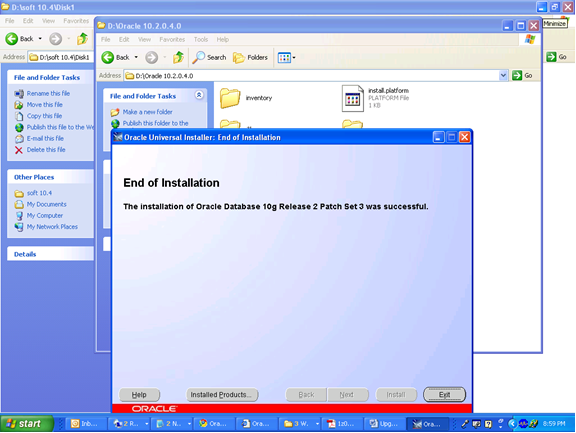Fotokonverter Standart Klyuch Aktivaciya Torrent

Supply voltage 10 V DC. 30 V DC 1) Ripple ± 10% 2) Power consumption 30 3) Switching output PNP 4) Switching mode Light/dark switching 4) Switching mode selector Selectable via L/D control cable Signal voltage PNP HIGH/LOW Approx. V S – 1.8 V / 0 V Output current I max. ≤ 100 mA Response time ≤ 0.5 ms 5) Switching frequency 1,000 Hz 6) Connection type Male connector M12, 4-pin Circuit protection A 7) B 8) D 9) Protection class III Weight 47 g Polarisation filter ✔ Housing material Metal, Nickel-plated brass and PC Optics material Plastic, PMMA Enclosure rating IP67 Items supplied Reflector P250, fastening nuts (2 x) Ambient operating temperature –25 °C. +55 °C Ambient storage temperature –40 °C. +70 °C UL File No.
Telephone Sets & Adapters. Author: zoyyafclnfl csLjrx hsiyclcetcrk, [url=[link=http://hdvrbouyhbnw.com/]hdvrbouyhbnw. I di'dnt know where to find this info then kaboom it was here. 
NRKH2.E300503 & NRKH8.E300503 • 1) Limit values when operated in short-circuit protected network: max. • 2) May not exceed or fall below U v tolerances. • 3) Without load. • 4) Control wire open: dark switching D.ON. • 5) Signal transit time with resistive load. • 6) With light/dark ratio 1:1.
• 7) A = V S connections reverse-polarity protected. • 8) B = inputs and output reverse-polarity protected. • 9) D = outputs overcurrent and short-circuit protected.
Contents • • • • • • • • • • • Motivation This document describes modifications to the Visualization ToolKit that allow data structures with arbitrary memory layouts to be used with a subset of the VTK pipeline. Supporting such data objects enables in-situ analysis of large simulations without the need to copy and repack the data into standard VTK arrays and data sets.

For large simulations, this saves time and memory. The greatest obstacle to using a non-standard memory layout in a VTK array or dataset is that the implementations of VTK data structures are only weakly abstracted. For example,, the root of all data arrays in VTK, defines a GetVoidPointer method that returns the memory address of the first element in the array. Many algorithms in VTK rely on obtaining this pointer and assuming that the 2-dimensional data is contiguous in memory and follows a specific ordering.
Similarly,, the most flexible dataset type, exposes many details of its implementation in its API, making it impossible to store arbitrary representations of data topologies. Such issues prevent simulation data with alternate memory layouts from being properly handled by the VTK pipeline. The following describes techniques that allow arbitrary data layouts to be used with the and APIs with the goal of enabling in-situ visualization of active simulations. Mapped vtkUnstructuredGrids A object represents a dataset consisting of points and cells. Cells hold the topology of the dataset, and unlike the other VTK datasets, vtkUnstructuredGrid makes no assumptions about the types of cells in the data. This flexibility makes it an ideal choice for a generic in-situ dataset, as it can losslessly store all other types of datasets. Like vtkDataArray, the unstructured grid interface exposes much of its implementation.
- вторник 12 февраля
- 43